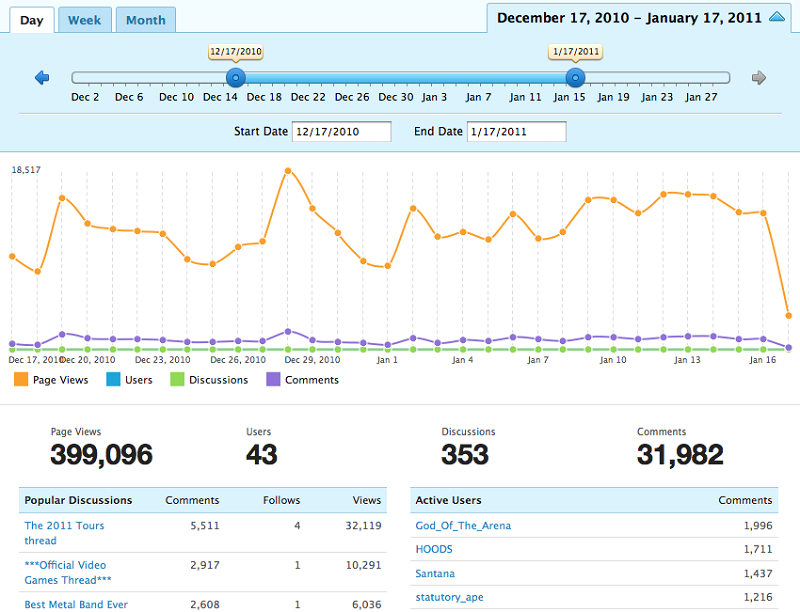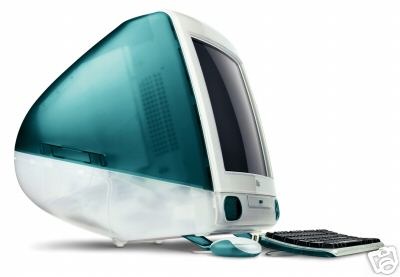If your heart is set on working in the tech industry but you’ve studied something seemingly unrelated, then rest assured; there are others ways to get in. The field is not exclusive to software and web developers but includes roles for those with degrees electrical engineering, statistics, graphics design, industrial design, and the wider field of business.

1. Electrical engineering
Hardware development is one of the most prolific subsectors within the techspace. After all, someone has to build the ICs on tablets, smartphones, and every other assortment of electronics. Programming the operating can be left to someone else while you pursue the complexities of circuit building.
2. Business management
Degrees in business management are some of the most versatile around and open doors into a variety of roles within a tech company including marketing, finance, operations, and sales. A successful business education is one that teaches students how to interpret information from multiple facets that make up a company and react accordingly with the goal of making a profit. As a result, there is a bit of flexibility in choosing a specialization to pursue.
If you lean toward abstract thinking, then marketing may be the field for you; the related skills are incredibly important in supporting a tech company and helping to advertise its product. Just look at the Apple App store and you’ll see that out of the 953,387 apps available for download, only 39,000 have made it into the rankings list. Someone has to be responsible for creating a need among the target audience, because more often than not, it won’t be the programmers.
Regardless of the industry, all enterprises require objectively minded finance folks to manage their assets; this includes tech companies. If determining the best way to capitalize innovation or managing assets comes naturally to you, a finance degree will lend itself well to the business side of the tech industry.

3. Statistics
The rise of the Internet-of-Things and the exponential amount of data it will generate requires individuals capable of interpreting said data and converting it into something that may be used by software. A degree in statistics or mathematics infuses you with the knowledge needed to plot the complex logic behind almost any digital application, IoT or otherwise. Every app reliant on geo-location to order food, hail a cab, or find a specific restaurant requires statistical expertise; the more complex the task, the greater the demand for statisticians.

4. Graphics design
Being unable to program the app or device itself doesn’t bar you from contributing toward its final design. Graphic design plays a larger role than ever in the overall development of tech products and services –if you glance around the Apple or Android app stores then you’ll see a myriad of different logos. In truth, all the infographics and images incorporated into one front end or another were designed by graphics designers.

5. Industrial design
Industrial design is an amalgamation of artistic sensibilities and applied science; it is meant to supplement form and function by creating solutions for issues of ergonomics, usability, marketing, brand development, and sales. In effect, it’s the science of creating products that look good and work well.
To understand the importance this role has played in the tech sector, look no further than Apple’s comeback in the late 90’s through the early 2000’s. The company had been losing market share over a number of years following Steve Jobs’ departure and was on a downward slope until Jobs (upon returning) introduced the critically acclaimed iMac G3, an integrated computer emphasizing design and aesthetics. This new philosophy of accentuating industrial design became synonymous with the company, giving birth to the massively successful iPod and iPhone and helped the company grow into the powerhouse that it is today.
Advertisement
Learn more about Electronic Products Magazine





